Explore the Unexplored with…
AndamanExperts.com
An award-winning DMC for Andamans
We don’t just sell Holidays, But Experiences!
Experience the different world you wanted to be…
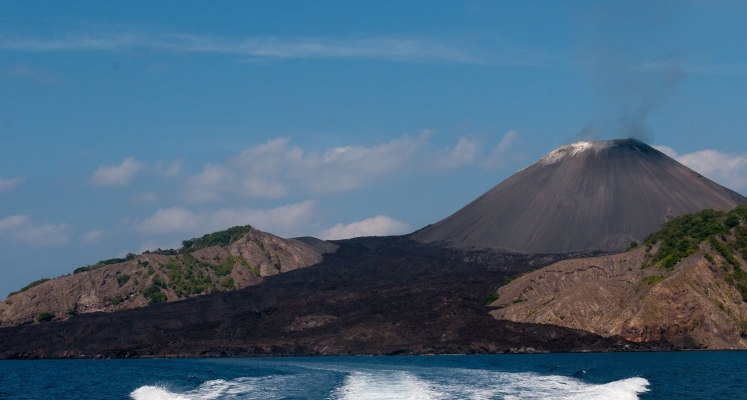
Barren Island is located 135km northeast of the Andaman Islands’ capital city of Port Blair. Standing alone at 12o16’N; 93o51’E, surrounded by nothing but water for miles, this solitary sentinel keeps a silent watch over the Andaman Sea. The giant pinnacle’s massive foundations rest in the dark depths 2,250m below the surface. What mysterious creatures ply these silent, sunless waters is a matter of conjecture. But an exploration of Barren Island and its surrounding sea provides startling evidence that the island is anything but barren.
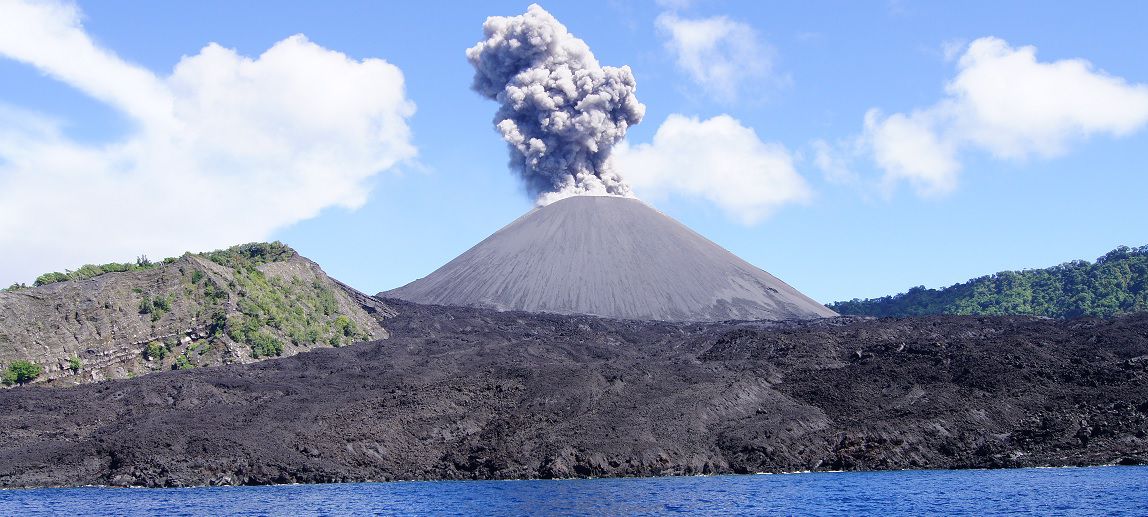
We left for Barren Island in the wee hours of the night. Loaded with food, water and enough scuba diving equipment for two days of diving, our boat headed northeast through the dark sea. I watched the firework display of neon-green phosphorescent plankton that trailed in our wake like the tail of a shooting star in the night sky, and then fell asleep to the gentle rocking of the boat. Despite being almost 1,500km east of the Indian subcontinent, we were still on Indian Standard Time. Sunlight kissed the sky above us at 4.30 in the morning. We still had four hours of travel before we arrived, but the lone island was already visible, silhouetted against the pink horizon.
The sight was a familiar one to me, this being my second visit to the giant recluse. A previous visit in 2006 saw Barren’s fumarole emitting plumes of thick sulphurous smoke. In the pre-dawn light, the rim of the volcano had glowed red from burning ash. A gentle breeze had lifted the smoke to the north end of the island where it created a giant cloud that spewed its contents into the sea. On circling the island, we were forced to pass beneath this cloud, and our boat emerged from the rain, drenched in thick black soot. The ash from the rain had stained the sea, reducing visibility in the water to nothing and thus rendering diving impossible. This time, however, the skies above Barren were clear, and my pulse quickened with anticipation.
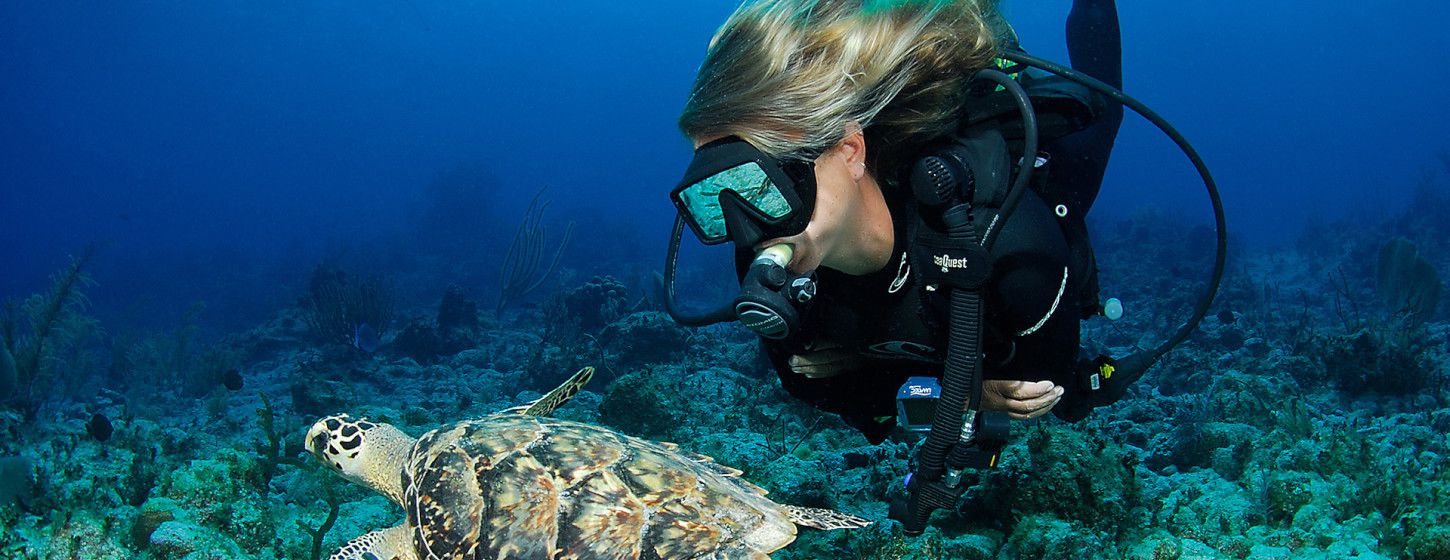
As we circled the 3km-long island to find a suitable spot to anchor, it was difficult to ignore its stark beauty. The 2km-wide caldera, rising 350m above the sea, sits on the northern half of the island. Its sloping walls of dark-grey cinder are bare, shunning all forms of life. In places, steam rises from the ground in silent spirals reaching for the sky. On the eastern and southern sides of the island, trees and shrubs cling tenaciously to steep slopes that fall to the sea. Feral goats pepper this green hillscape, which, in combination with the sulphur-choked lunar desolation of the volcano, seems straight out of a Tolkien book. How these goats got here is a mystery, but it is popularly believed that – in 1891 – a steamer from Port Blair left them on this island. Apparently, the British did this quite often, leaving livestock on islands where they feared they might be stranded in future. But these are fleeting thoughts and cursory observations made at the same time I was checking my scuba equipment. Tales of schooling hammerhead sharks and giant manta rays had whetted our appetite for this long-awaited opportunity, and we were eager to enter the water.
Upon doing so, my immediate observation was that there was nothing beneath me! Recreational divers in clear tropical waters are accustomed to checking the reef from the surface to ensure a suitable entry point for the dive. All I saw as I gazed down through the clear water was an unnerving infinity of blue. With my face in the water I turned towards Barren, just as one of my companions whispered, “Look at the wall!” And there it was. The black sides of the pinnacle fell into nothingness through waters that changed from light blue at the surface to an inky indigo that swallowed all detail of the island’s sheer sides.
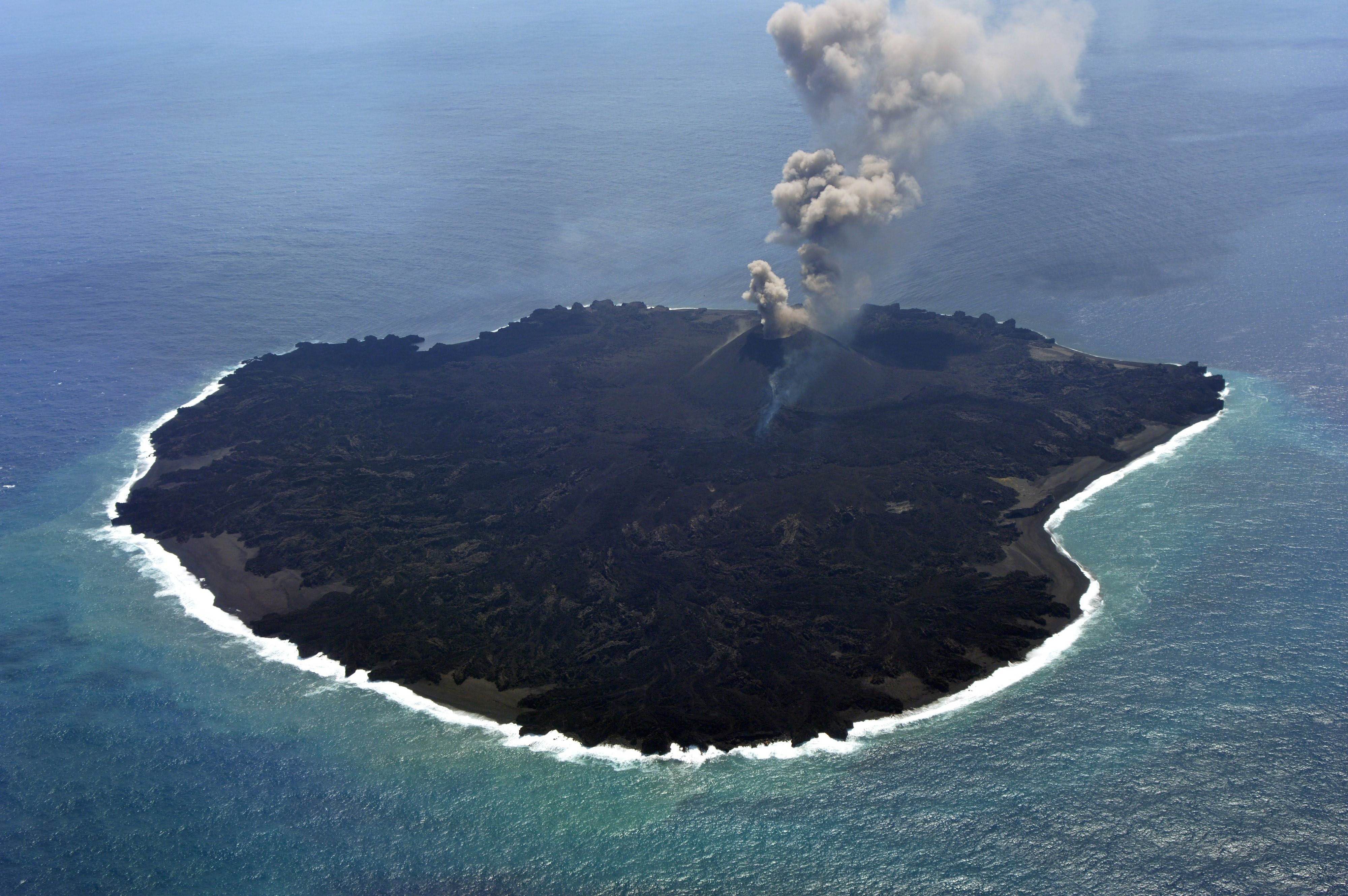
Everything about Barren’s underwater landscape is darker, deeper. It seems almost as if its tumultuous origins and hermetic existence have coloured its waters with an incessant, pensive contemplation. Unlike the lighter sand that is prevalent at all the dive sites around India, including Lakshadweep and Goa, the bedrock of Barren Island is black. Ledges of this black sand taper off from the shallows, like miniature fairytale deserts, fringed by the rock walls beyond which there is nothing. The shafts of sunlight that pierce the water, instead of being reflected, are absorbed, lending little light to the liquid atmosphere. This darker-than-usual canvas forms the perfect backdrop for the vivid hues of the coral and sponges that flourish in these untouched waters.
It took a bit of time on that first dive to come to terms with the sheer scale and otherworldliness of the place. I must admit that our sense of wonder was tinged with hesitant awe as the first impressions of Barren sunk in. What creatures of the open ocean frequented these waters? Would we be able to negotiate the currents that pulled us deeper? What would appear from the shadows of the depths? And sure enough, as our backs were turned, a school of barracuda appeared out of the blue to investigate the strange visitors to their home. From an emptiness that stretched from the wall to infinity, devoid of so much as a heartbeat, the water was suddenly alive with fish. Barracuda, then big-eye trevally, then fusiliers by the hundreds, their blue and red stripes so prolific that I could barely see my companions in the water. Imagine floating in mid-water, backed up against a wall of black rock, looking out over an expanse of deep blue in every direction. Imagine streaks of metallic grey barracuda and trevally whiz past in a frenzy. And then the slower dance of the fusiliers, their stage coloured by radiant forms of soft coral swaying in the current.
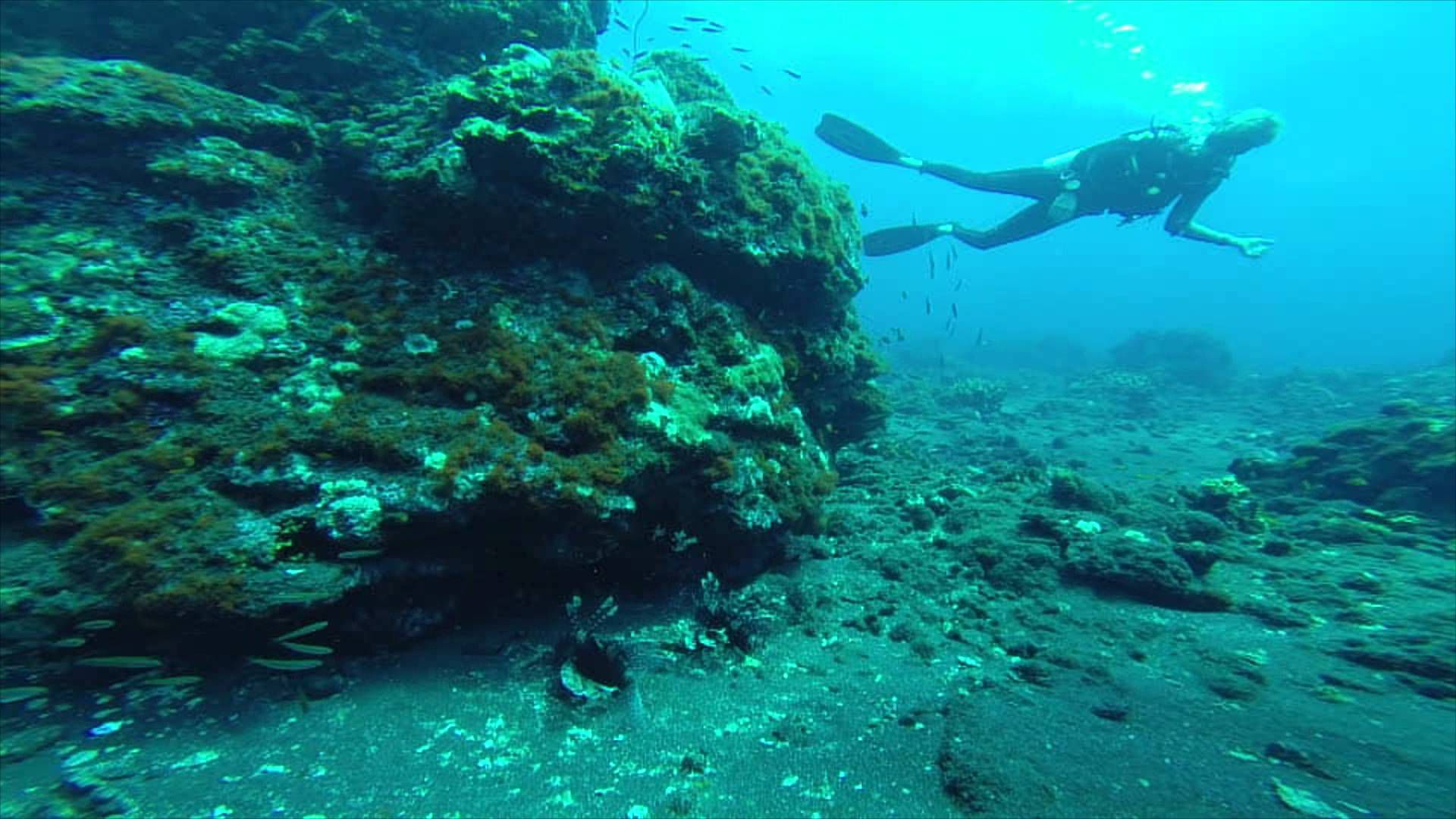
As suddenly as it began, the show was over. Our focus shifted to the smaller creatures that make up the reef. The macro life around Barren is as colourful and abundant as on many of the other sites in the Andaman and Lakshadweep waters. What makes this place special is the backdrop of the black sand, which lends these already colourful creatures a radiance that is unmatched. With my head tucked under a rocky outcrop I watched a flamboyant, frilled sea slug ponder his way along the bottom. Two black-striped sand perches, normally white or light brown, eyed me suspiciously. They had obviously developed this unusual colouration to blend with their surroundings. I turned to attract the attention of one of my companions, and stopped breathing. Giant white wings slowly pushed through the water as a couple of 4m-long shadows passed over the reef. Two manta rays swam up over the edge of the wall in front of us. Their white undersides seemed to glisten in the indigo surroundings. As they glided through the water towards us, time slowed to the rhythm of their silent ballet. The one in front approached, watching us. When she got near enough to have satisfied her curiosity, a small flick of the giant wings turned her body up and away from me. I saw every detail of her belly, and the perfect symmetry of her gills. I suddenly remembered to breathe again, and dragging my camera to my eye I jammed down on the shutter release. But what frozen image can truly capture the effortless fluidity of this giant dancer? With smiles on our faces, despite the regulators in our mouths, we headed towards the surface.
We did three dives around Barren that day, two on the eastern side and one on the south. Surfacing from the last one in the yellow-red light of sunset, we were exhausted but happy. Showers, to clean the salt off our bodies, involved standing on the bow of the boat and taking turns with a drum of water and a cup-o-noodles can. But the lack of creature comforts was a small price to pay. The setting sun lit the tree-covered, southwestern cliffs of the island. Sipping hot coffee on the gently rocking bow, we watched the stars emerge shyly in the sky. Soon, the moonlit night was suffused with the aroma of frying fish. In a ‘kitchen’ the size of a cupboard our boat staff transformed the fish caught on our journey into a gastronomic delight. After a meal of rice, dal, salad and spicy fried king mackerel, we returned to our places at the front of the boat. As the wind slowly turned in for the night, our conversation began to ebb. Soon there was nothing but moonlit stillness, as the giant head of Barren watched over our individual meditations. As I drifted off to sleep I wondered whether the island ever got lonely.
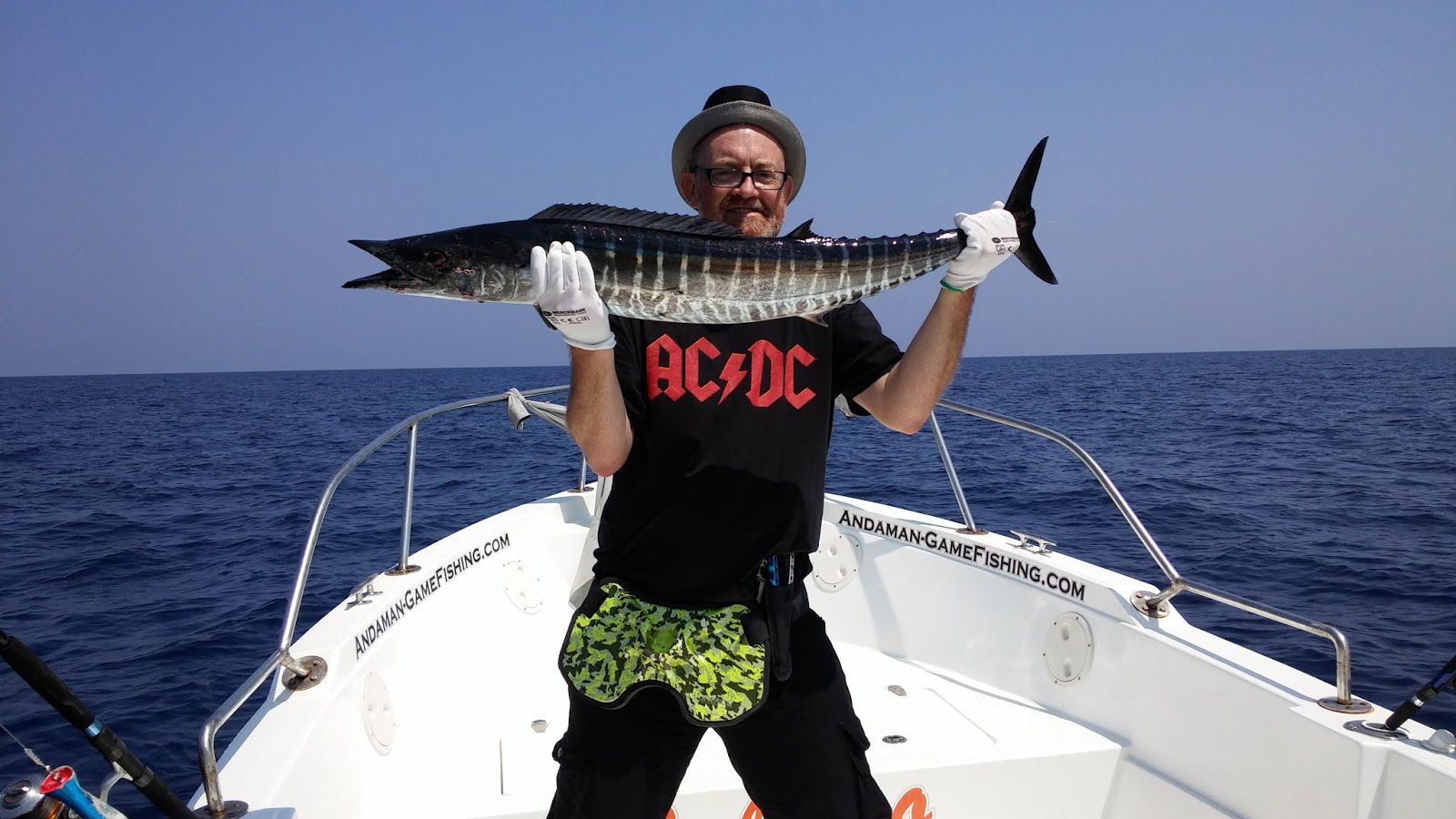
Morning brought with it coffee and the first-light ablutions of our crew and the birds that have made the island their home. Aside from goats, the island is also populated by a variety of birds, bats, rats and crabs. The high-tide swells sent wave upon wave of water crashing into the caves that the sea has carved out of the cliffs on the southern side. In the distance, a manta ray leaped out of the water, perhaps in celebration of the new day, or maybe just to dislodge a few bothersome parasites. It was a sign, and we prepared ourselves for the dive. And what a dive it was! The current, apparently renewed by a restful night, fought us continuously in its attempts to drag us off the ledge and down to the depths. We spent most of the dive clinging to the top edge of the wall along with the rest of the critters that struggled against the flowing water. Fish everywhere, of all shapes, sizes and colours formed a rainbow multitude of quivering fins and pulsating tails, all in an attempt to stay in the same place. And then the mantas arrived. With a flick of giant wings and a twist of their diamond bodies they mocked our struggle as they hung motionless above the reef. They swam in the shallows, where the current was strongest, while white-tip reef sharks used the shadow of the giant wall to effortlessly cruise the waters below us. Exhausted after an hour of this frenetic struggle surrounded by these serene giants we let go of the reef. Blasted into deep water, quickly losing sight of the wall, we shot our marker buoys to the surface signalling to the boat crew that we were drifting away from the island into open water. When we finally reached the surface the presence of the boat was a welcome sight, and we dragged ourselves on board.
We did a total of four dives around Barren that day. On three of them, we played audience to the hypnotic manta rays. We saw turtles feeding on sponges, something I have never seen before. Sea snakes swam past as they surfaced to breathe. White-tip reef sharks patrolled the edge of our vision as they searched the deeper waters for prey. The water, though a darker blue, was crystal clear. There were times when, dwarfed by the giant wall at my side, I first looked down to see a shark nearly 100m below the surface and then looked up along the expanse of rising wall, past my dive buddies, to see the sun — a small speck on the rippling water. We didn’t see hammerhead sharks, perhaps because they were not part of the itinerary nature had planned for us. Barren is a dot in the middle of a huge expanse of water. The island provides a place of rest and rejuvenation for larger creatures of the open ocean. Many of them visit these waters to feed, rest and be cleansed before continuing on their long migrations. Few of these creatures actually make Barren their home, and so the waters around the island play host to a constantly changing guest-list. This is part of the island’s mystery.
Even as our boat lifted anchor and we turned our back to the island, the wheels of my mind were already turning, planning a return visit. The paradox of this place, a volcano that nurtures such an abundance of life, leaves a deep and lasting impression. Needless to say, Barren is still an enigma, and I am drawn to it. The island exudes a raw magnetism and, like the dolphins that played with our boat as we sailed away, I too am victim to its allure.
The information
Getting there: Barren Island is located 135km northeast of Port Blair; the nearest inhabited island is Havelock, which is four to five hours away by boat. Visiting Barren Island is, at best, difficult. The government-run ferries that used to take tourists for a distant glimpse of the volcano have been discontinued now. Landing on Barren Island is prohibited.
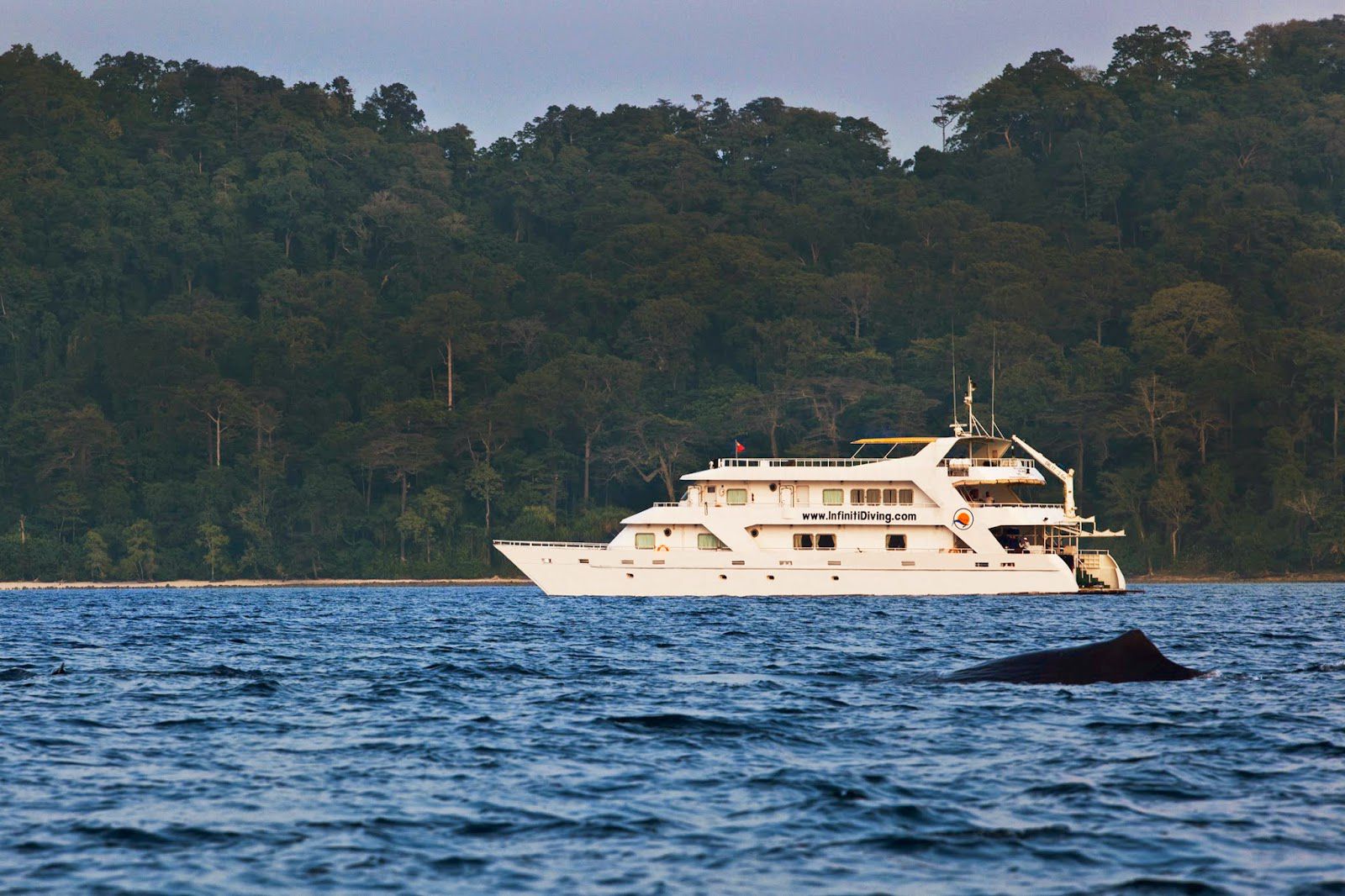
Private boats that do make the trip have to anchor offshore. By law these boats are required to have GPS for navigation and radios to keep in daily contact with the port authorities. Despite sometimes being advertised, there are no tour operators in the Andamans who currently conduct dive trips to Barren Island. Most boats that do visit are private yachts Sport fishing operators offer day-fishing trips to the island, but do not provide the opportunity to dive these waters.